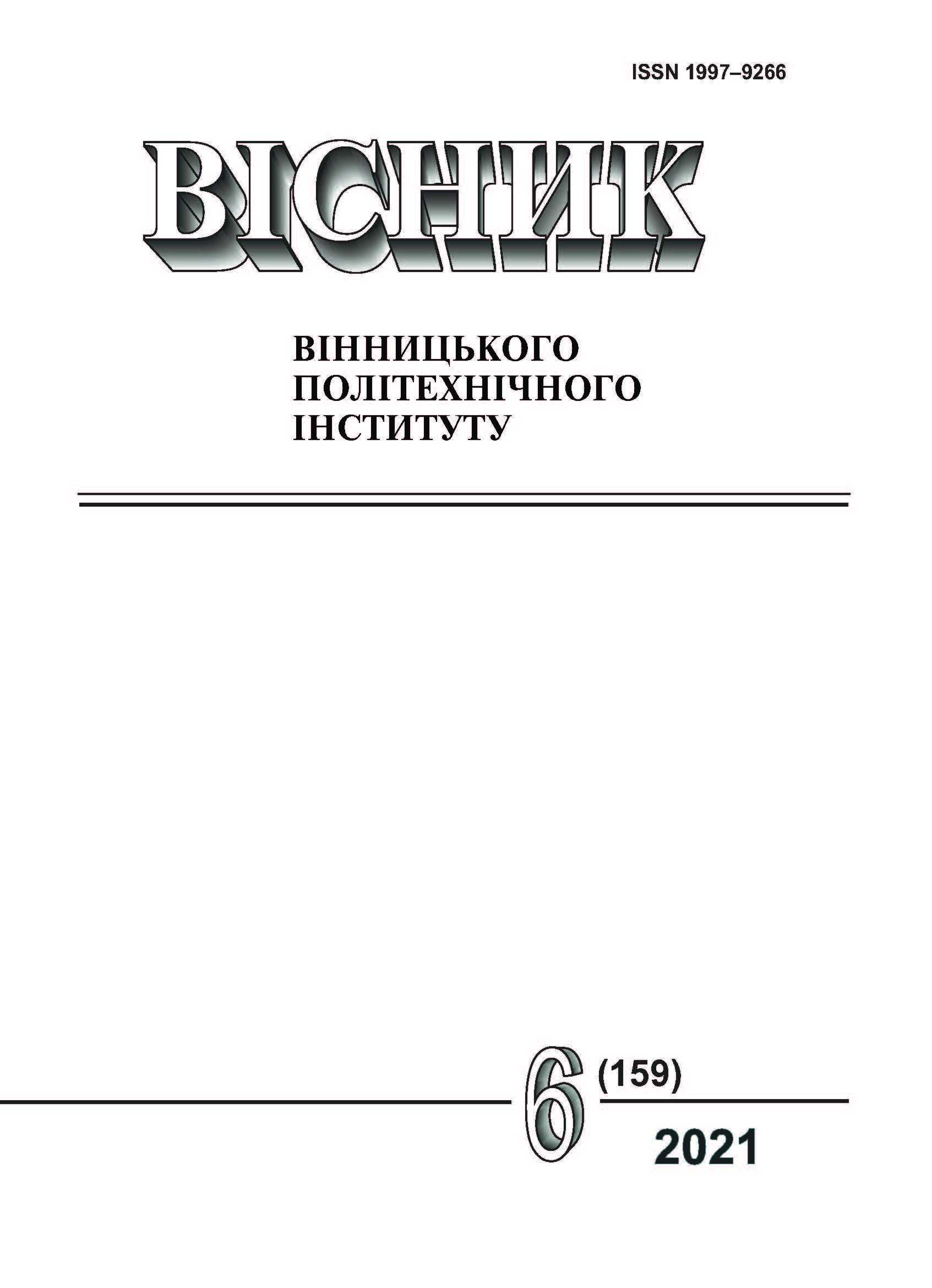Development of the Modified Genetic Algorithm for Searching Parameters of Plasma Coatings Surface Grinding Process
DOI:
https://doi.org/10.31649/1997-9266-2021-159-6-151-157Keywords:
surface grinding, plasma coatings, multicriteria optimization, evolutionary search, genetic algorithmAbstract
Grinding surfaces with sprayed plasma coatings implies achieving the specified accuracy and roughness of a finished workpiece, and at the same time is intended to avoid occurring and development of various defects, such as cracks, chipping, grinding burns, peeling the coating off the substrate etc. Optimization of this technological process consists in searching such grinding parameters that provide maximum grinding productivity and minimal loss of the coating material. In order to solve multi-objective optimization problem with large number of limiting conditions, evolutionary parameters search on the set of acceptable regimes of technological process is suggested to be used in this paper. Since presented conditions and optimality criteria require significant computational burden, parallel genetic algorithm is implemented at the initial stages of problem solving. When searching Pareto optimal solutions in different subsets is concentrated in some shared space of feasible solutions, it is suggested to consider general optimization by building an additive function according to the weighted sum criteria method. Depending on the grinding process characteristics and the conditions that ensure quality of surface processing, modified genetic algorithm for the computer-aided design system of plasma coatings grinding process is presented in this paper. Searching for the optimal solution is carried out in the space of system parameters defined by velocity and depth of cut during grinding, features of the sprayed coatings and the grinding wheel, time of processing, temperature, stresses etc. Comparative performance of the modified genetic algorithm with classical genetic algorithm and other evolutionary methods used for grinding process optimization was carried out by set of tests in order to evaluate their convergence rate. This research reveales reducing the time needed to determine optimal solutions without reducing their reliability that confirms an advantage of the modified genetic algorithm for searching optimal technological parameters of plasma coatings grinding process.
References
K. M. Lee, M. R. Hsu, J. H. Chou, and C. Y. Guo, “Improved differential evolution approach for optimization of surface grinding process,” Expert Systems with Applications, vol. 38, issue 5, pp. 5680-5686, 2011.
O. Güven, “Application of the Taguchi method for parameter optimization of the surface grinding process,” Materials Testing, vol. 57, pp. 43-48, 2015. https://doi.org/10.3139/120.110674 .
A. Slowik, and J. Slowik, “Multi-objective optimization of surface grinding process with the use of evolutionary algorithm with remembered Pareto set,” The International Journal of Advanced Manufacturing Technology, vol. 37, issue 7, pp. 657-669, 2008. https://doi.org/10.1007/s00170-007-1013-0 .
P. J. Pawar, R. V. Rao, and J. P. Davim, “Multiobjective optimization of grinding process parameters using particle swarm optimization algorithm,” Materials and Manufacturing Processes, vol. 25, issue 6, pp. 424-431, 2010.
G. Zhang et al., “Multi-objective optimization for surface grinding process using a hybrid particle swarm optimization algorithm,” The International Journal of Advanced Manufacturing Technology, vol. 71, is. 9-12, pp. 1861-1872, 2014. https://doi.org/10.1007/s00170-013-5571-z .
В. М. Тонконогий, і О. В. Рибак, «Вибір параметрів шліфування плазмових покриттів при багатокритеріальній оптимізації технологічного процесу,» Сучасні технології в машинобудуванні. Харків: НТУ «ХПІ», вип. 13, c. 60-68, 2018.
A. V. Usov, V. M. Tonkonogyi, P. V. Dašić, and O. V. Rybak, “Modelling of Temperature Field and Stress-Strain State of the Workpiece with Plasma Coatings during Surface Grinding,” Machines. MDPI, Basel, Switzerland, vol. 7, is. 1, 15 p. 2019. https://doi.org/10.3390/machines7010020 .
Р. А. Жуков, i П. В. Плехов, «Реализация параллельного генетического алгоритма на архитектуре NVIDIA CUDA,» Juvenis scientia, № 3, c. 8-10, 2016 .
E. Cantu-Paz, “Efficient and accurate parallel genetic algorithms,” Kluwer Academic Publishers, Dordrecht, 143 p., 2002. https://doi.org/10.1007/978-1-4615-4369-5 .
О. В. Рибак, «Математичне моделювання, аналіз та оптимізація в САПР технологічного процесу шліфування плазмових покриттів.» дис. канд. техн. наук, Одеса: ОНПУ, 2019, 162 с.
V. Tonkonogyi, P. Dašić, O. Rybak, and T. Lysenko, “Application of the Modified Genetic Algorithm for Optimization of Plasma Coatings Grinding Process,” Springer Nature Switzerland AG 2020. I. Karabegović (Ed.): NT 2019, Lecture Notes in Networks and Systems, 76, pp. 199-211, 2019.
Downloads
-
PDF (Українська)
Downloads: 105
Published
How to Cite
Issue
Section
License

This work is licensed under a Creative Commons Attribution 4.0 International License.
Authors who publish with this journal agree to the following terms:
- Authors retain copyright and grant the journal right of first publication.
- Authors are able to enter into separate, additional contractual arrangements for the non-exclusive distribution of the journal's published version of the work (e.g., post it to an institutional repository or publish it in a book), with an acknowledgment of its initial publication in this journal.
- Authors are permitted and encouraged to post their work online (e.g., in institutional repositories or on their website) prior to and during the submission process, as it can lead to productive exchanges, as well as earlier and greater citation of published work (See The Effect of Open Access).





